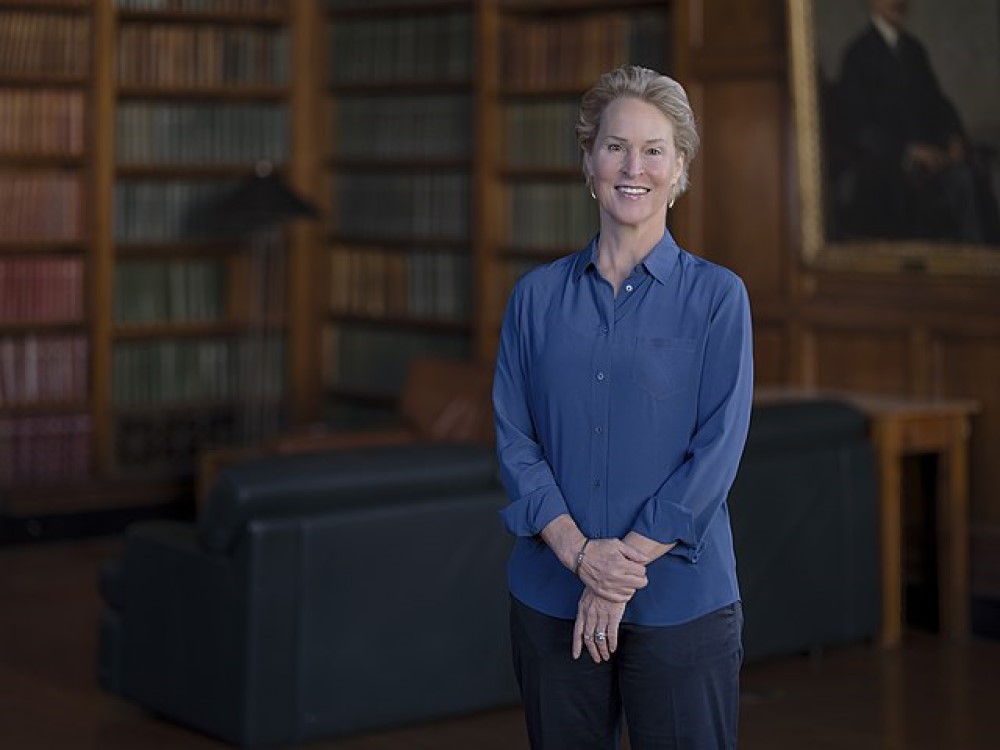
Nobel Laureate Frances Arnold spent her formative years in the Pittsburgh area, moving out of her parents’ house as a teenager and hitchhiking down to Washington, DC to participate in anti-war protests. To support her independent lifestyle, she moonlighted as a cab driver and cocktail waitress at a local jazz club in the evenings while still attending high school by day. Her late-night schedule was not conducive to perfect attendance, and her grades certainly suffered. However, she was able to ace standardized tests, and her ability to make those scores shine enabled her to get into Princeton University, even with sub-par grades.
Once at Princeton, she obtained a degree in mechanical engineering because she thought it was the easiest subject there. She developed a keen interest in solar energy research, and took classes in foreign policy and languages. She initially intended to pursue a career in international affairs, but once her involvement in the Center for Energy and Environmental Studies began, she switched gears towards sustainable energy.
Having very little chemistry experience, Arnold enrolled at the University of California, Berkeley, seeking a PhD in chemical engineering. After obtaining that degree and a postdoc in biophysical chemistry, she began her career in academia, teaching at the California Institute of Technology. In the 1990s, Arnold pioneered the “directed evolution of enzymes,” a method that replicates the process of natural selection to create more effective enzymes in the laboratory. This method is currently used by companies and research labs to develop biofuels, medicines, and detergents—dozens of products in which enzymes can replace the toxic chemicals formerly used in such processes.
"Life—the biological world—is the greatest chemist, and evolution is her design process," said Arnold. "I may not be the best chemist but I do appreciate evolution." Arnold’s grit and determination enabled her to obtain the highest honor in science. This full-throttle approach to life also helped her survive breast cancer. Aside from the Nobel Prize, Arnold was the first woman to receive the Draper Prize from the National Academy of Engineering, and was inducted into the National Inventors Hall of Fame in 2014.
